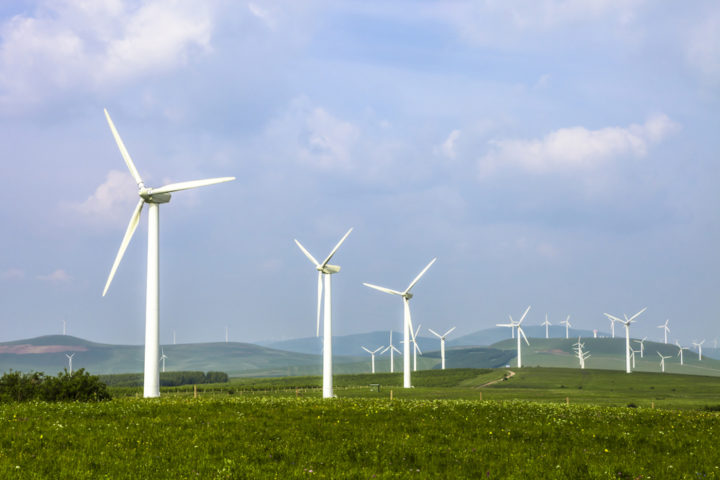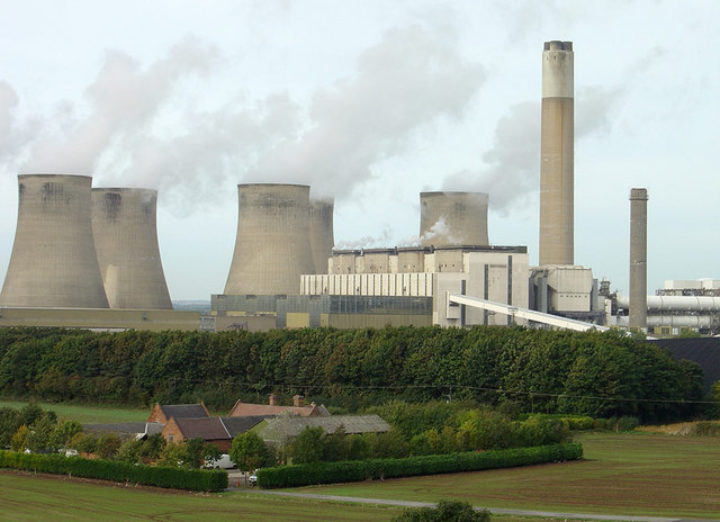Capacity market – back with a bang?
Derided but now back in business, new capacity market data gives us an insight into the evolution of the electricity grid
By Jonny Marshall
Share
Last updated:
Controversially reinstated just a few weeks ago, Britain’s capacity market is firmly back to business as usual, with a new wave of auctions planned for the start of the new year.
Questions certainly remain around the suspension – will the decision to green light the scheme be challenged? Will suppliers struggle to collect cash to cover contract costs? Have the Government’s reforms adequately dealt with criticism levelled at the scheme? – but despite this uncertainty, there are a few nuggets on how Britain’s power grid will look hidden in the prequalification data.
A renewables revolution?
During the suspension, a planned upgrade to the capacity market rules has allowed renewable energy sources to take part in the auctions, provided that they are not in receipt of any other forms of support. Boosting these ‘subsidy-free’ schemes with another source of income will improve their economic viability, potentially leading to both new projects coming to fruition and to keeping existing capacity online once subsidies have expired.
The register shows that new kit is in line to benefit first. More than 500 MW of new onshore wind is in the running for contracts for 2022/23, rising to more than 730 MW the following year. And while all of this capacity is unlikely to be delivered, it is a statement of intent that developers are eyeing the capacity market as a way of delivering new onshore wind.

The absence of a capacity shortage on the GB system, coupled with very harsh de-ratings for variable renewables, mean that the top-up on offer from the capacity market is unlikely to be the deciding factor on new projects going ahead, but it could push a couple of projects that are very close to being financeable over the line.
For solar, however, the picture is less sunny. Just one 50 MW project has prequalified for both auctions. Add this lack of enthusiasm from developers for the CM on top of the Government’s refusal to provide CfD support and the mess around the replacement for the Feed-in-tariff, and it is difficult to see too many bright spots for UK solar without a big change in policy.
Same old coal
While the inclusion of renewables is a good sign, the ongoing presence of coal units in the auction ensures that long-term criticisms of the capacity market continue to hold true. The 2022/23 auction will see 5.3 GW of coal units taking part (more than ten times the capacity of onshore wind), with 4.7 GW in the mix the following year.
Spread across three plants – Drax, Ratcliffe and West Burton A – these old, dirty and inefficient generators will continue to be paid not to retire, despite the notion that the lights would go off if they weren’t around now overwhelmingly disproven.

By clogging up the auction and bagging around 10% of the contracts on offer, the continued presence of coal power stations clearly and directly contradicts the Government’s stated aim to move towards a smarter and more flexible power grid.
With coal winning contracts that could have gone to batteries, demand-side response providers, or even gas peaking units, meaningful changes to the operations of the power grid are set to be slowed until the final coal units are forced offline in 2025 by (still yet to be seen) legislation.
Nuclear closures
Also hidden away in the numbers is confirmation of what has been coming for years – the start of the retirement of the UK’s nuclear fleet. Bringing with it an increased urgency to build more low carbon capacity, whether in the form of more wind and solar, or atomic energy, the gradual shut down of all but one of the UK’s nuclear power stations before 2030 will have huge ramifications on the nation’s electricity mix.
Next to follow Hunterston B to the knackers’ yard is EDF’s Hinkley Point B, which is not in the running for the 2023/24 auction. Blighted by problems that have seen its running time slashed in recent years, should the two reactors at Hinkley Point B close, they will take just over 1 GW of capacity out of action.
In theory, this wave of retirements should open up space for new technologies, and should increase the clearing price, making projects such as Drax’s mega CCGT conversion more likely to be in the money. It should also lead to higher wholesale prices, thereby boosting the economic case of offshore wind, which has received another backing in the Conservative manifesto.
Crystal ball
Much more so than models and forecasts, the capacity market prequalification data gives a reliable insight into the British electricity mix over the next 3-4 years, taking us all the way up to the start of the fourth carbon budget, which the UK remains miles away from hitting.
At a time of upheaval in electricity systems around the world, and when Britain is supposed to be busy greening a power supply that will underpin the decarbonisation of many other sectors – transport, heating, industry – the data for the upcoming auctions show that we are unlikely to be moving fast enough.
Share